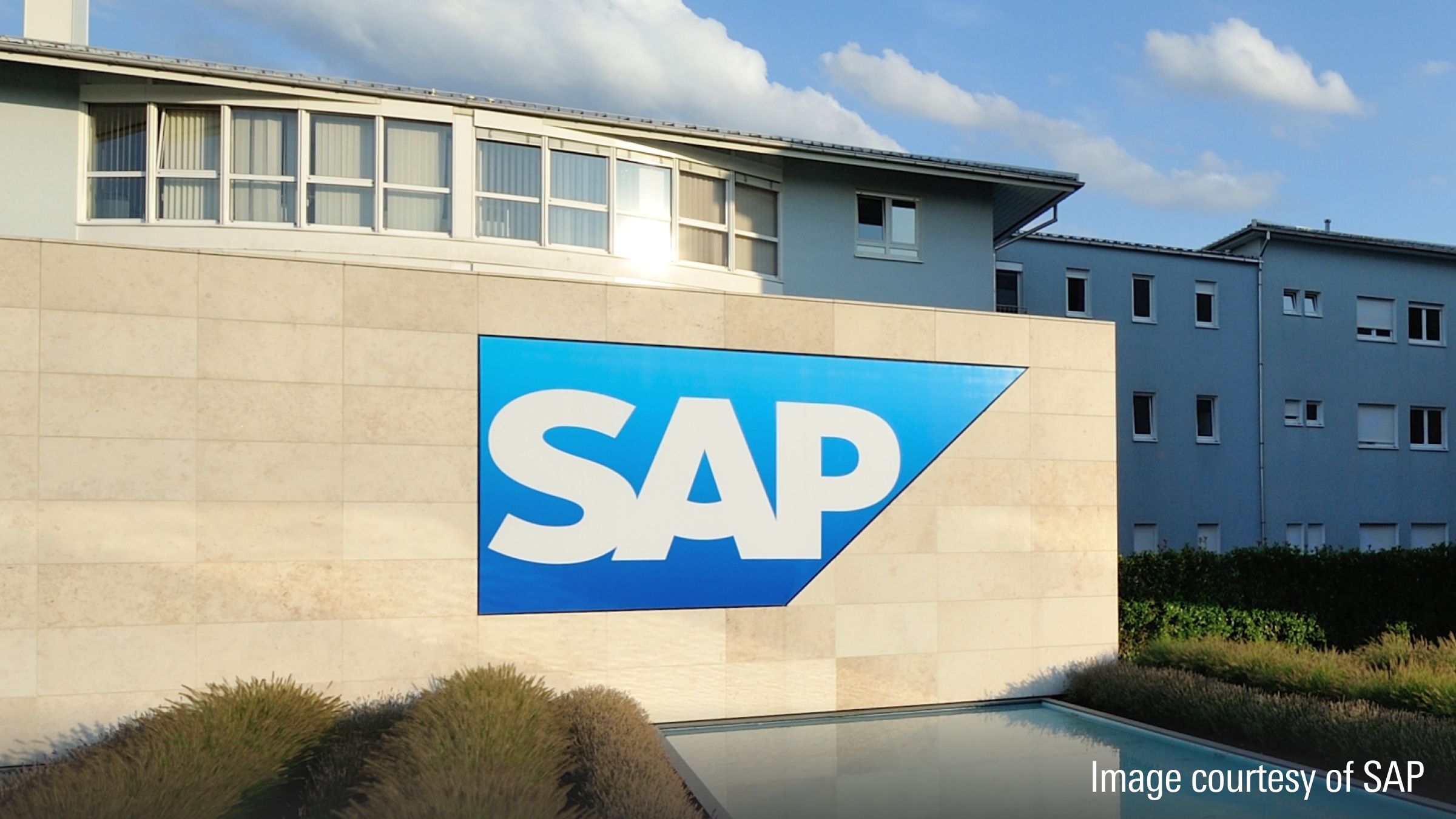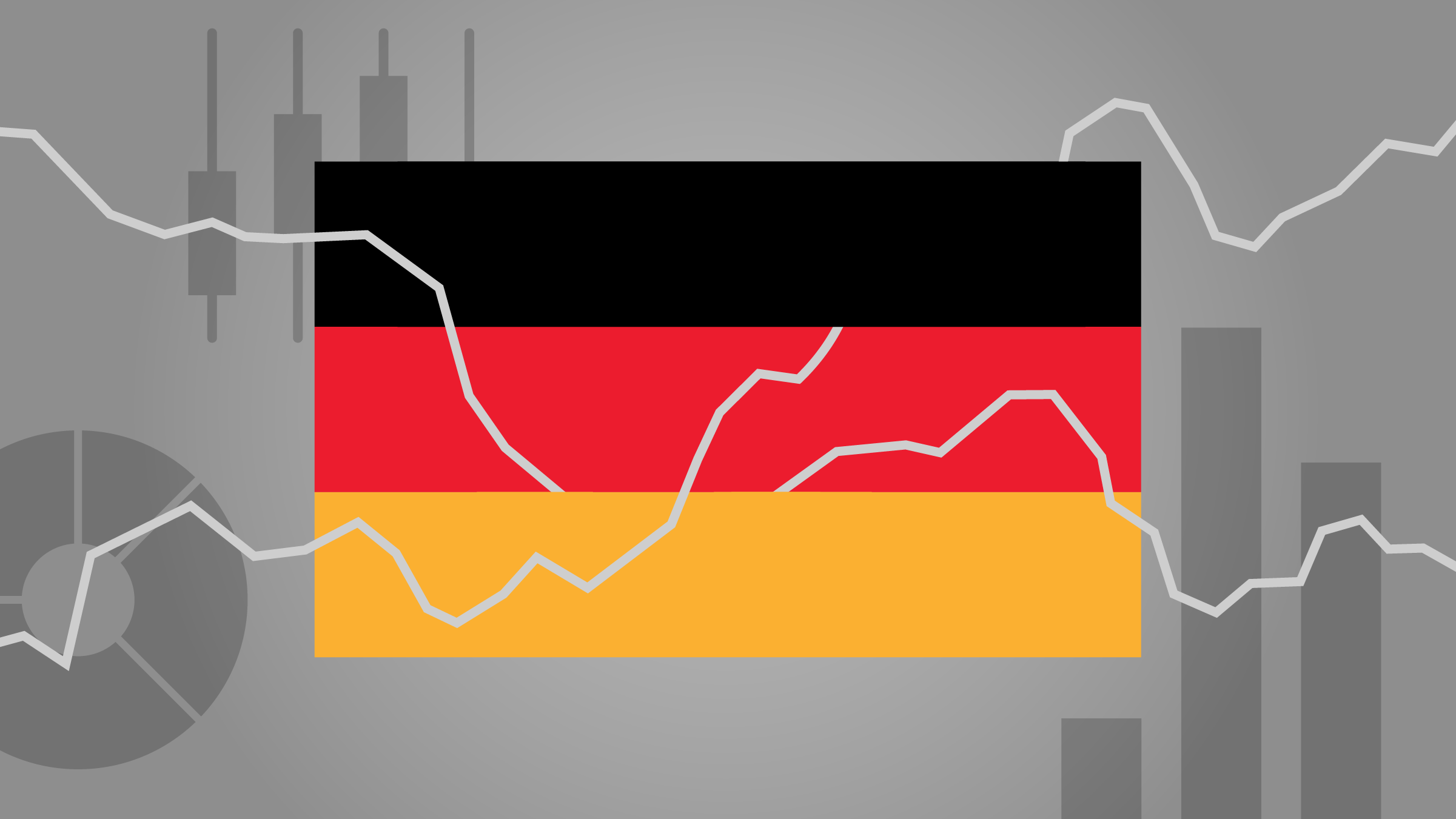Rolle im Portfolio
Platinum has historically demonstrated low- to negative- correlations with equity and fixed income securities, making it a potentially attractive portfolio diversifier. However, the platinum price has in the past exhibited a large degree of volatility and is intrinsically more cyclical than the gold price, given its widespread use in industry in general and autos in particular. An investment in platinum should be approached with caution. The metal’s volatility may create tactical trading opportunities at various points during an economic cycle, while its low correlation with other asset classes and potential inflation-hedging characteristics may make it suitable for a portion of a broader long-term commodity allocation.
Fundamentale Analyse
Over the 10 year period ending February 29, 2012, an investment in platinum greatly outperformed both equities (as represented by the MSCI World Index) and bonds (as measured by the BarCap Global Aggregate Index)--albeit with a much higher degree of volatility. Platinum lagged gold and silver over this same period, largely because of a sharp cyclical contraction in demand spanning the 2008-2009 period.
Platinum is chiefly used in industry. Most notably, it is a key component of the catalytic converters used to reduce the toxicity of automobile emissions. According to catalyst manufacturer Johnson Matthey, in 2011, demand for use in catalytic converters accounted for 39.1% of gross global platinum consumption. Amidst the sharp downturn in global auto production in 2009 this figure fell to 32.2% as demand for use in auto catalysts plummeted 40%.
Platinum, like gold, is also used in large part by the jewelry industry. Johnson Matthey figures show that in 2011, 30.5% of gross platinum demand came from jewelers. This figure soared to 41.4% of total usage in 2009 as gross jewelry demand for platinum increased 36.4% on a year-over-year basis. This was driven in large part by a substitution away from relatively high priced gold.
Also like gold, investment demand for platinum has risen sharply in recent years. Per Johnson Matthey, in 2010 readily identifiable physical platinum investment demand--at 650,000 ounces--was some 282% higher than in 2007, representing 8.2% of gross demand. The lion’s share of this uptick in investment demand was and continues to be driven by inflows into ETPs with claims on physical platinum. However, investment demand for platinum fell by 24.4% in 2011 as investor interest waned in the face of declining prices.
According to the U.S. Geological Survey, the vast majority of the world’s platinum production (75%) and reserves (>90%) are located in South Africa. This geographic concentration of production poses substantial risks. In early 2008, an electricity crisis in the country played a large part in driving platinum prices to all-time nominal and real highs above $2,000 per ounce, as state-owned utility Eskom warned of power supply shortages that forced temporary mine shut-downs. Future growth in supply of new material (as opposed to recycled material, which covered about 23.3% of gross demand in 2011) is expected to be moderate at best. Coupled with a slow but steady rebound in automotive and industrial demand and the rapid growth in investment demand, the platinum market is likely to remain fairly balanced for the foreseeable future.
Indexkonstruktion
The ZKB Platinum ETF’s physical platinum holdings are benchmarked to the London Platinum & Palladium Market’s (LPPM) PM fixing price. Price fixings take place twice daily (on regular business days) at the LPPM, at 9:45 A.M. and 2:00 P.M. London time. The fixing price represents a market clearing price, which balances buying and selling interest from fixing members on behalf of their customers. This price--which is expressed in terms of U.S dollars per troy ounce--is in turn used as a benchmark for the vast majority of the platinum products and platinum-related derivatives around the globe.
Fondskonstruktion
The ZKB Platinum ETF is a Swiss-regulated investment fund. The fund is denominated in Swiss Francs and invests directly in physical platinum. The fund’s platinum is held by Zurcher Kantonalbank or its representatives in Switzerland. The fund does not use commodity derivatives. The fund’s issue price corresponds to around 50 grams of platinum. Because platinum does not generate cash income to defray any expenses or commissions incurred by the fund, these levies will gradually reduce the amount of physical platinum held per unit of the fund over the long term. In kind redemption is typically limited to an amount equivalent to a standard platinum ingot of approximately 5 kg with a purity of 999.5/1000 or greater. A redemption commission of 1% and a delivery charge of 0.20% apply to the value of redeemed standard platinum ingots. A value added tax of 8% of the platinum’s market value is charged upon delivery.
Gebühren
This ETF levies a total expense ratio (TER) of 0.50%, placing it at the back of the pack of physically backed platinum exchange-traded products (ETPs).
Alternativen
Platinum ETPs are an alternative to a direct investment in physical platinum. Relative to owning the metal outright, platinum ETPs offer the benefits of lower carrying costs and superior liquidity.
ETF Securities, iShares, Julius Baer, Source, and UBS all offer competing physical platinum products. The UBS-IS Platinum ETF I (institutional class) product has the lowest TER amongst the alternatives at 0.35%. This lower TER reflects the fact that this is the fund’s institutional share class, which had an initial platinum allocation of 50 ounces per unit--500 times larger than the aforementioned products. The iShares and Source products, both launched in April of 2011, follow close behind with expense ratios of 0.40% and 0.39%, respectively.
In our opinion, TER and custody and storage fees (in aggregate, carrying costs) are key differentiating factors for physical metals funds--with lower TERs and fees obviously being better. Given the nature of these funds, carrying costs are the chief source of tracking difference relative to the spot price movements of the metal, and thus the primary determinant of relative performance amongst competing funds. In the case of all of these products, the TER is inclusive of all custody and storage fees.
Given the tight range of TERs, on-exchange liquidity will be a greater differentiating factor, especially for those looking to actively trade their position.
















